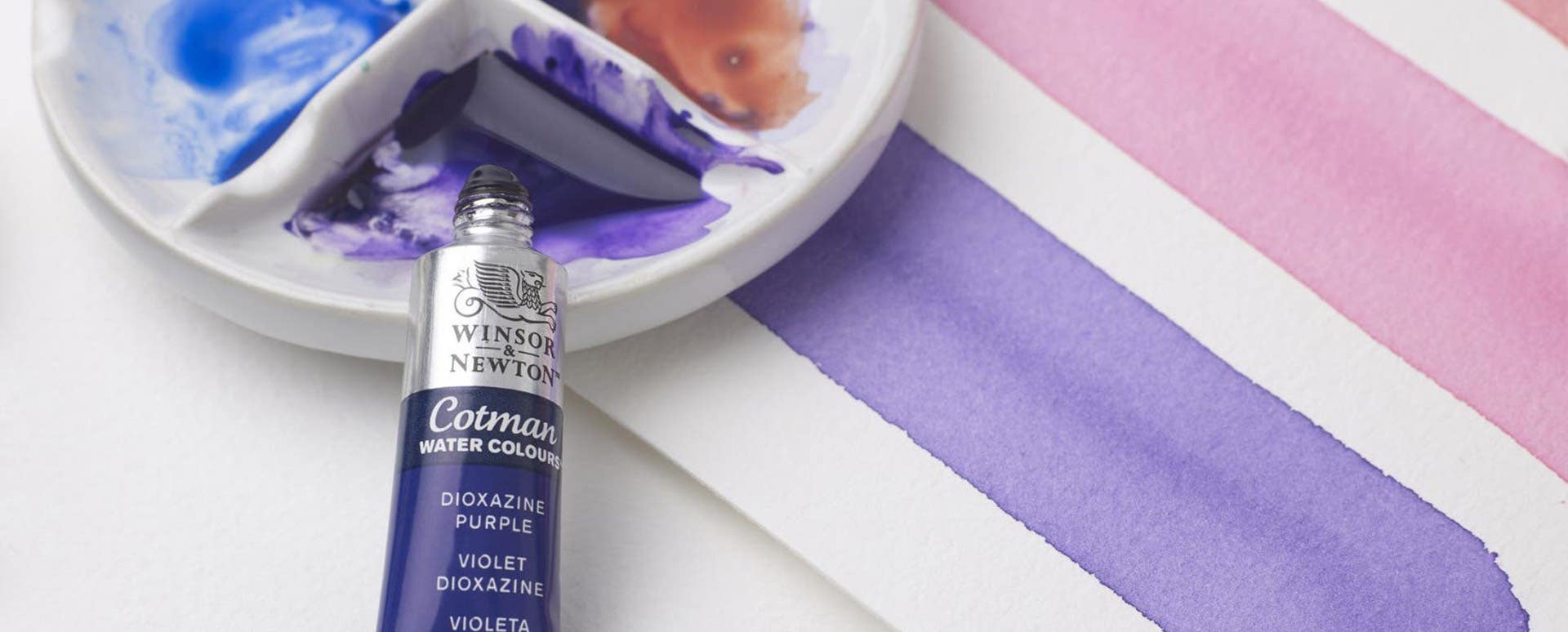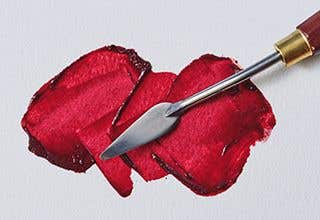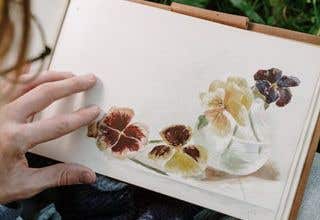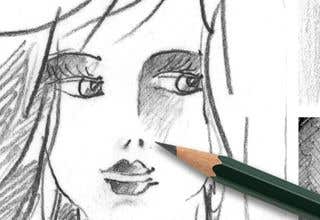Choosing the Right Paint: Quality Matters
Selecting the right watercolour paint is crucial for achieving vibrant and lasting results. Watercolour paints come in two main forms: pans and tubes. Pans are solid blocks of dried paint that can be activated with water, while tubes contain liquid paint that can be squeezed onto a palette. When choosing paint, consider the following factors:
Pigment Quality: Look for paints made with high-quality pigments. Professional-grade pigments offer better colour intensity and lightfastness, ensuring your artwork remains vivid over time.
Transparency: Watercolours are renowned for their transparent nature. Opt for paints that maintain their transparency even when layered. This quality allows you to create beautiful washes and luminous effects.
Colour Range: Begin with a basic set of colours, including primary colours (red, blue, and yellow) and a few additional colours like green, purple, and brown. As you gain experience, you can expand your palette to include more shades.
Brands: Reliable brands like Winsor & Newton, Daniel Smith, and Art Spectrum offer a wide range of colours and qualities suitable for both beginners and experienced artists.
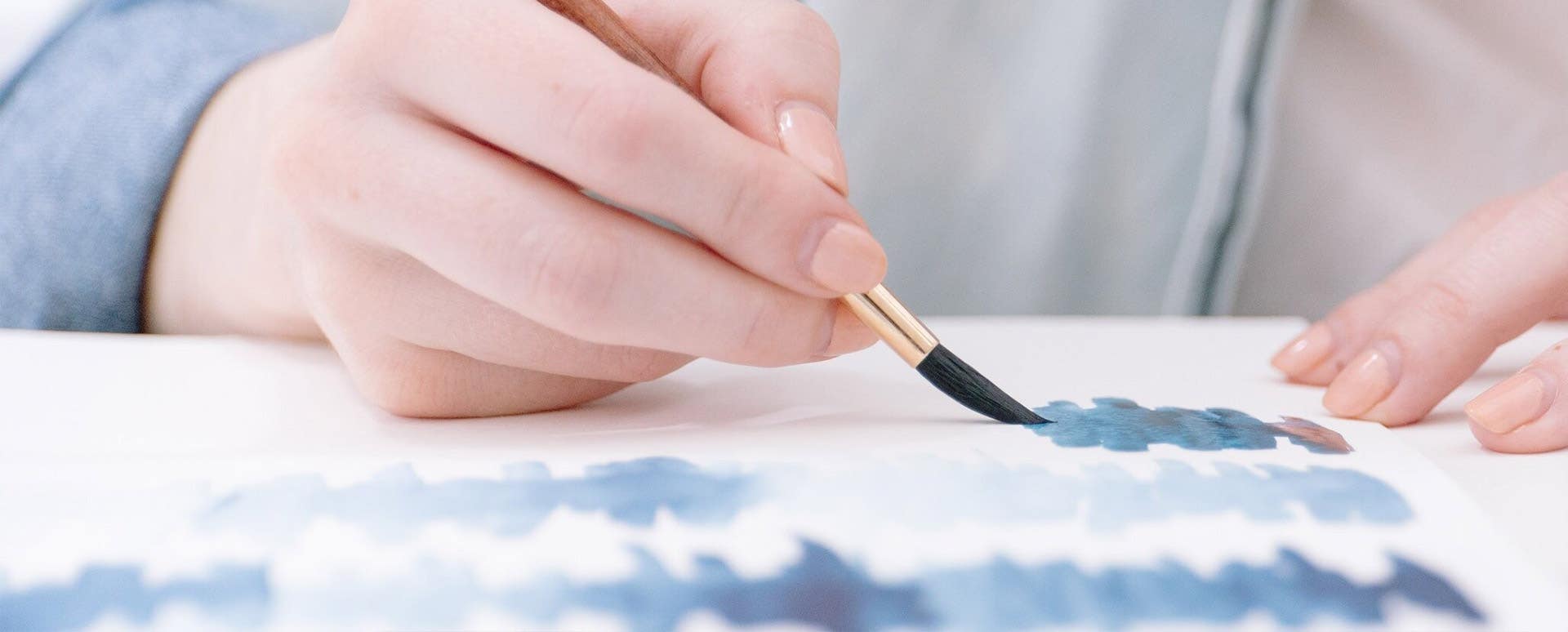
Choosing the Right Brushes: Versatility and Precision
Brushes play a crucial role in watercolour painting, allowing you to achieve various textures and effects. There are different types of watercolour brushes available, each serving a specific purpose. Here's what you need to know:
Brush Shapes: Watercolour brushes come in various shapes, such as round, flat, filbert, and mop. Round brushes are versatile and commonly used for both fine lines and broad strokes. Flat brushes are great for washes and covering larger areas, while filbert brushes combine the qualities of both round and flat brushes. Mop brushes are excellent for creating soft, delicate washes.
Brush Sizes: Brushes are categorized by their size numbers. Smaller numbers indicate smaller brushes. For beginners, it's recommended to start with a range of sizes, including a small, medium, and large brush, to accommodate different details and coverage areas.
Synthetic vs. Natural Bristles: Watercolour brushes can have either synthetic or natural bristles. Synthetic brushes are durable, maintain their shape well, and are usually more affordable. Natural bristle brushes, such as sable or squirrel, are incredibly soft and hold a large amount of water, making them ideal for washes and blending.
Brand and Quality: Invest in high-quality brushes that retain their shape and perform well over time. Popular brands for watercolour brushes include Winsor & Newton, Neef, and Micador.
Here at Eckersley’s we stock every kind of brush you can think of, but if that seems overwhelming, why not start with a brush set? Handpicked for beginner painters, our brush sets offer a range of options for various applications and budgets.
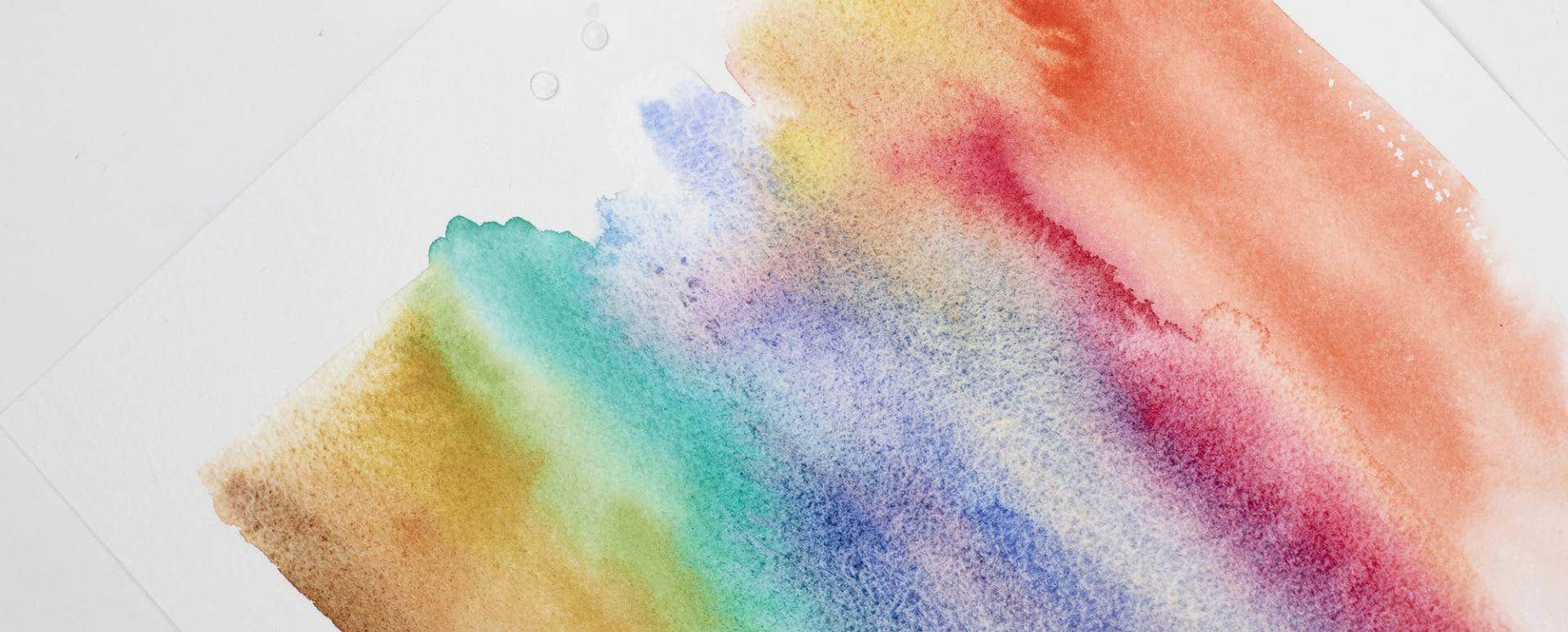
Choosing the Right Paper: Surface Matters
Selecting the right paper is essential for achieving the desired watercolour effects. Watercolour paper comes in different weights and textures, which influence the final outcome of your artwork. Consider the following when choosing paper:
Paper Weight: Watercolour paper is categorized by weight, usually expressed in grams per square meter (gsm). Heavier paper (300gsm and above) can handle more water and is less likely to warp, making it suitable for wet-on-wet techniques. Lighter paper (140-200gsm) is better for dry-brush techniques and sketches.
Surface Texture: Watercolour paper comes in three main textures: hot-pressed, cold-pressed, and rough. Hot-pressed paper has a smooth surface and is ideal for detailed work. Cold-pressed paper has a slight texture, providing a balance between detail and washes. Rough paper has a pronounced texture that adds character to your artwork and is great for expressive, textured effects.
Acid-Free and Archival Quality: Ensure that the paper you choose is acid-free and labeled as archival quality. This prevents your artwork from yellowing or deteriorating over time.
Testing and Experimentation: Don't be afraid to try different brands and types of paper to find what suits your style best. Many art supply stores offer paper samples or pads with different textures for experimentation. Some of our favourite brands are: Fabriano, The Paper House and Arches.
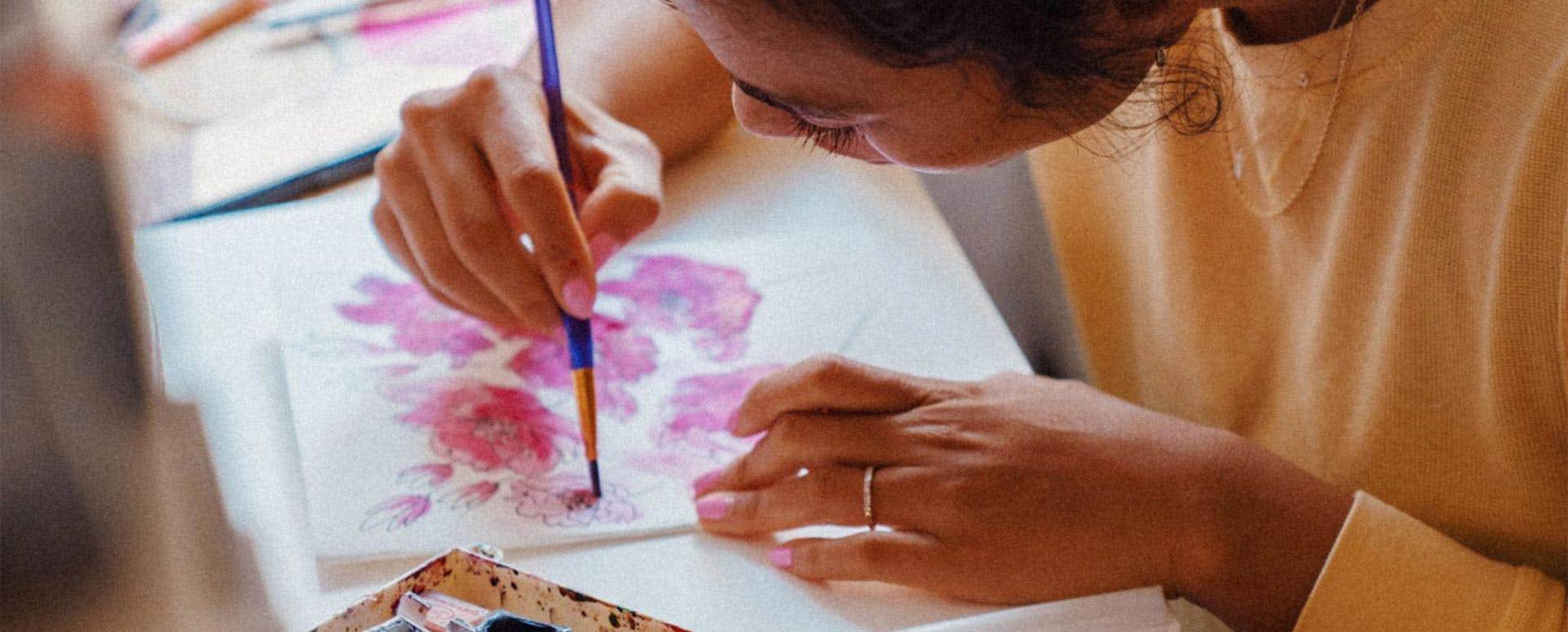
Mastering Essential Techniques: Practice Makes Perfect
With the right materials in hand, it's time to dive into essential watercolour techniques that will lay the foundation for your artistic journey:
Wet-on-Wet: This technique involves applying wet paint onto wet paper. It's great for creating soft blends, gradients, and background washes. Start by wetting your paper with clean water using a large brush before applying paint.
Dry Brush: Dry-brushing involves using a brush with minimal water and a thicker paint consistency. This technique is perfect for adding texture, details, and fine lines to your painting.
Layering: Building up layers of transparent colour is a hallmark of watercolour painting. Allow each layer to dry before adding the next, gradually increasing the intensity of the colours.
Lifting: Watercolours can be lifted off the paper using a clean, damp brush or a tissue. This technique is handy for correcting mistakes or creating highlights.
Masking: Masking fluid creates a barrier on the paper, preserving areas from paint application. Once the paint is dry, the masking fluid can be gently rubbed off, revealing the untouched paper underneath.
Wet-on-Dry: This technique involves applying wet paint onto dry paper. It's useful for creating defined lines, details, and controlled washes.
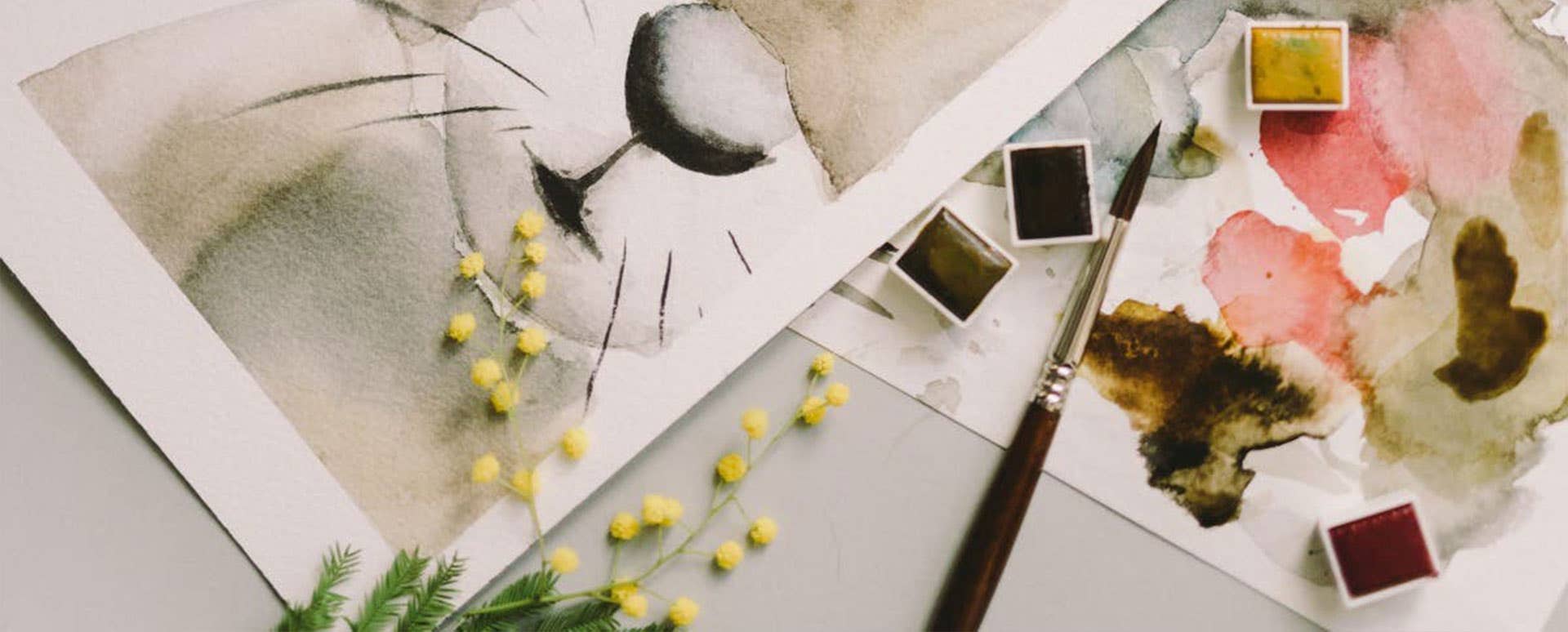
Still Stuck? Find Answers in a Book
Watercolour books offer a wealth of knowledge and insights that can significantly accelerate your progress as a watercolour artist. Here are some ways in which these resources can aid your learning:
Comprehensive Instruction: Instructional watercolour books often provide step-by-step instructions on various techniques, from basic washes to intricate details. These instructions are accompanied by illustrations or images that visually guide you through the process, making it easier to understand and replicate.
Visual Inspiration: Watercolour books feature a wide range of artworks from different artists. Exposure to various styles, subjects, and colour palettes can inspire your own creative ideas and help you find your unique artistic voice.
Technical Insights: Books dedicated to watercolour often delve into the technical aspects of the medium, including pigment properties, colour theory, brushwork, and paper selection. Understanding these technicalities can improve the quality of your work and allow you to make informed decisions.
Troubleshooting and Tips: Watercolour books frequently address common challenges that beginners face, offering practical solutions and tips to overcome them. Whether it's dealing with colour mixing, achieving proper values, or managing water control, these resources can guide you through potential pitfalls.
Historical and Cultural Context: Some watercolour books explore the history and cultural significance of the medium. Learning about the evolution of watercolour painting and its role in different art movements can deepen your appreciation and understanding of the craft.
To make the most of your watercolour books and enhance your learning experience, consider the following tips:
Start with Fundamentals: Begin with books that focus on foundational techniques and principles. These will provide a solid grounding for your journey into more advanced topics.
Practice Alongside Reading: As you read about different techniques, put them into practice immediately. Experimentation and hands-on experience are essential for internalizing concepts.
Take Notes: Keep a sketchbook or notebook dedicated to jotting down key takeaways, personal insights, and your observations as you experiment with techniques from the books.
Study Artworks: Analyse the artworks featured in the books. Pay attention to brushwork, colour choices, and composition. Try to replicate some of the paintings to hone your skills.
Set Goals: Use watercolour books as a guide to set achievable goals for your artistic growth. Focus on specific techniques or projects to work on as you progress.
Stay Curious: Don't limit yourself to just one or two books. Explore different authors and perspectives to gain a well-rounded understanding of watercolour painting.
Watercolour painting is a captivating and versatile medium that offers endless creative possibilities. By choosing high-quality paints, brushes, and paper, and by mastering essential techniques, you'll be well on your way to creating beautiful watercolour artworks. Remember, practice is key. Embrace the fluid nature of watercolours and allow yourself the freedom to experiment and explore. With time and dedication, you'll witness your skills and confidence as a watercolour artist grow, opening the door to a world of artistic expression.
If you need further guidance or you want to check out our range of paints, brushes and papers, come and see our friendly staff in store. Many of our staff are artists themselves and they are always happy to share their expert knowledge.

